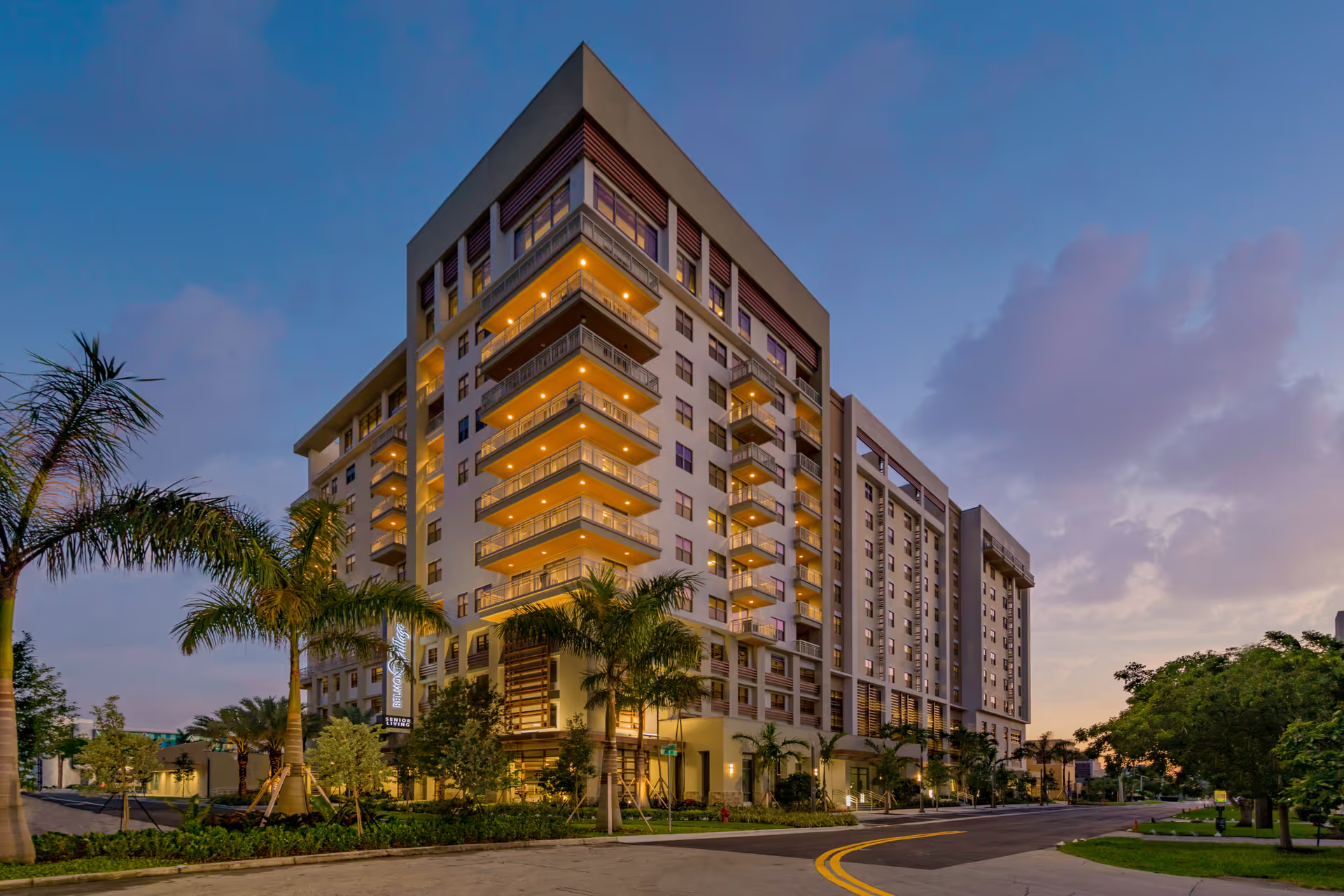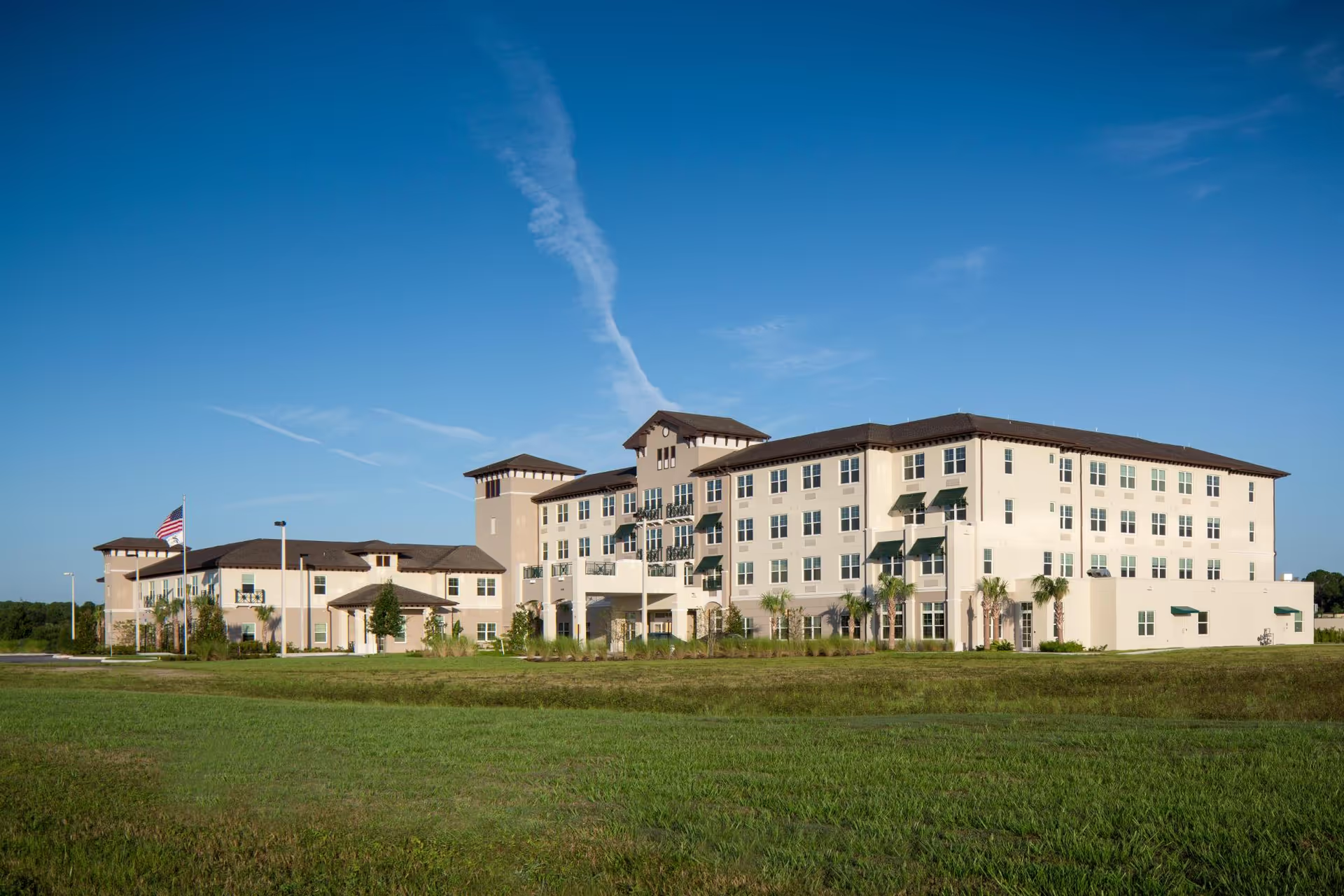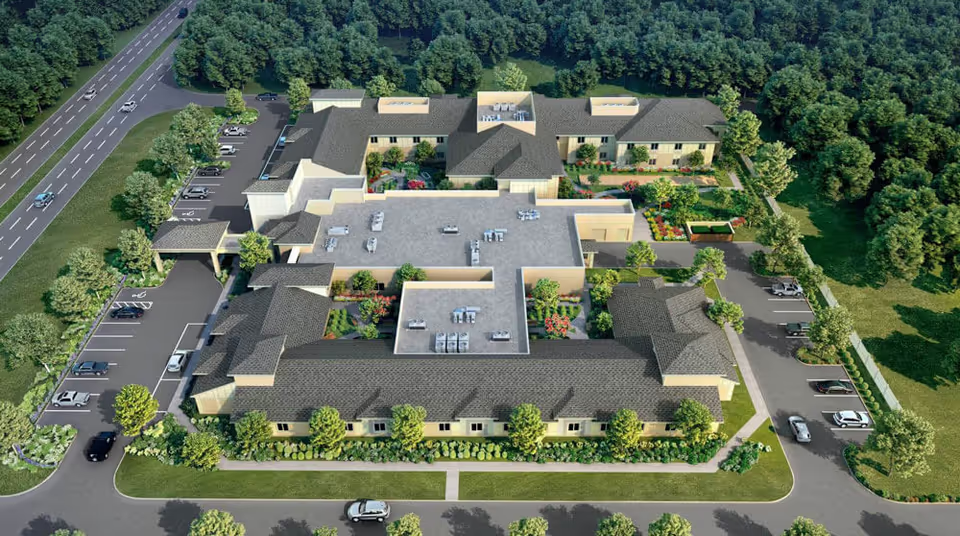Overall sentiment in the reviews is highly polarized: a significant portion of reviewers report excellent, compassionate care and strong clinical support, while another substantial group reports serious concerns about neglect, poor infection control, and mismanagement. Multiple reviews praise individual caregivers, therapists, medical leadership, and certain administrators, but an overlapping set of reviews details troubling incidents that include delayed escalation to hospitals, EMS calls, medication problems, and COVID-related deaths. The result is a mixed picture in which experiences appear to vary widely by unit, shift, or even individual staff members.
Care quality: Positive reviews highlight attentive, timely medical care, effective rehabilitation therapy, and clinicians who go above and beyond (several reviewers specifically praise the Medical Director and an ARNP named Juliette). Families describe loved ones receiving loving attention, recuperating successfully, and benefiting from consistent caregivers. Conversely, negative reviews describe neglectful care, lack of basic hygiene assistance, failures to change bedding, delayed responses to medical deterioration (examples include fluid on lungs, fever, and eventual emergency surgery), and reported medication misuse or errors. Several reviews claim that lack of prompt escalation led to hospital transfers or hospice involvement. This dichotomy suggests variability in clinical quality rather than uniformly excellent or uniformly poor care.
Staff and culture: Many reviewers emphasize that some staff are kind, caring, and form a family-like environment, and several note low staff turnover and consistency of assignments. Positive comments also single out specific leaders (e.g., Administrator Lissette, an attentive Admission Director) as helpful and engaged. However, negative accounts describe rude reception/front-desk personnel, nurses and aides who are inattentive (especially nights and weekends), and staff seen chatting instead of responding to calls. Serious allegations include gossiping, vindictive behavior, lack of supervision, and even abuse. Reports of poor employee treatment, low pay, withheld pay or benefits, and refusal of breaks raise concerns about workforce stability and morale — factors that can directly affect resident care.
Facilities, cleanliness, and infection control: Some reviewers report clean rooms and a safe, pleasant environment. In contrast, multiple complaints allege persistent odors of urine and feces, dirty kitchens, disgusting dishes and cups, presence of bugs, stained exterior walls, and a generally faded, unwelcoming building. COVID-era complaints are especially stark: reviewers allege refusal to provide PPE, poor infection control, and deaths due to COVID-19. There are also claims of non-compliance with state and federal mandates. These competing reports point to inconsistent housekeeping and infection-control practices across the facility or over time.
Dining and activities: Food impressions are mixed. A number of families praise the food, menus, and an engaged chef who tailors meals to resident preferences; several residents reportedly love the meals. At the same time, other reviewers report cold, low-quality food, slow meal delivery, and even unsanitary dishware. Activity programming is identified positively in several reviews (friendly staff, good activity options), suggesting recreational offerings are a strength for some residents.
Management, communication, and operational issues: Positive reviews cite courteous administration and admissions staff who eased long-distance moves and provided good communication. But many comments charge management with poor responsiveness to complaints, failure to escalate medical issues, poor phone responsiveness (nobody answers the phone), and cost-cutting measures that affect resident comfort (e.g., poorly functioning air conditioning). Some reviews even allege that the company prioritizes profit over care, with accusations of unpaid staff and substandard working conditions. These operational complaints are frequently connected to the negative clinical and cleanliness issues noted above.
Patterns, contradictions, and final assessment: The reviews collectively paint a facility with wide variation in resident experience. For some families the center functions like a high-quality, CMS 5-star environment with compassionate staff, strong therapy, and a supportive administration; for others it exhibits neglect, unsafe practices, and serious management failings. Notable red flags that recur across negative reviews include unresponsiveness during nights/weekends, delayed hospital transfers, infection-control lapses during COVID, poor housekeeping, and workforce problems (low pay, poor treatment). Positive anchors include repeated praise for specific clinicians and administrators, effective therapy teams, and reports of clean rooms and good social programming.
Given the polarized feedback, prospective residents and families should investigate specifics in person: ask about staffing levels by shift, background checks and supervision policies, infection-control procedures, recent state inspection reports, incident escalation protocols, medication-safety practices, and meal-service routines. Also verify references for named staff if those individuals are important to your decision. The mix of glowing and alarming reviews suggests that outcomes may depend heavily on which unit, shift, or team is caring for the resident; therefore, careful, targeted questions and multiple in-person visits (including nights/weekends) are recommended before making placement decisions.







